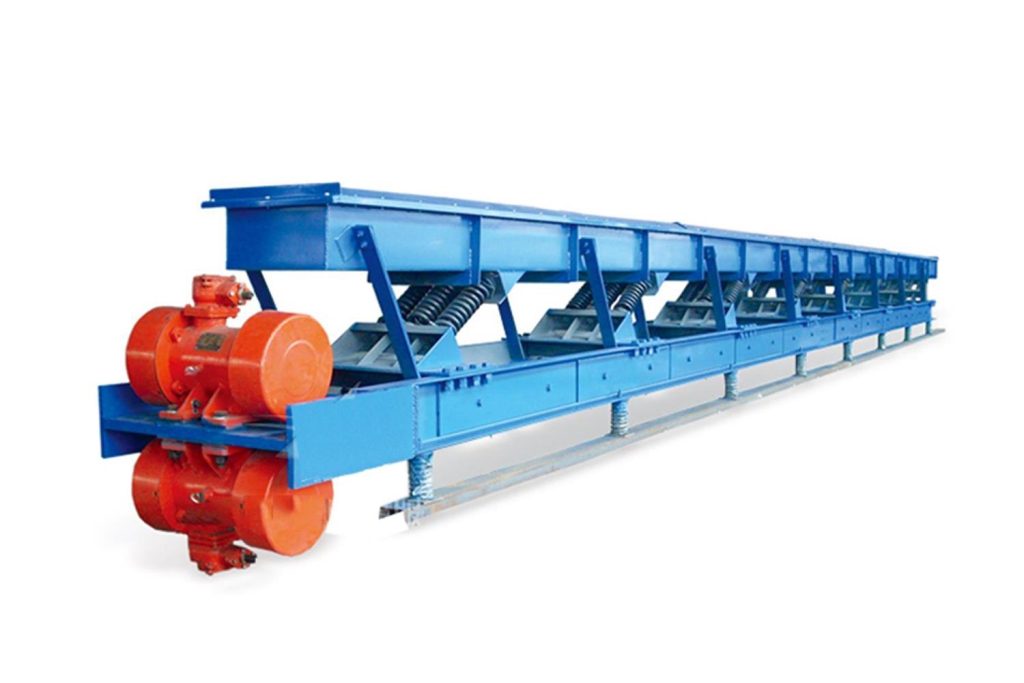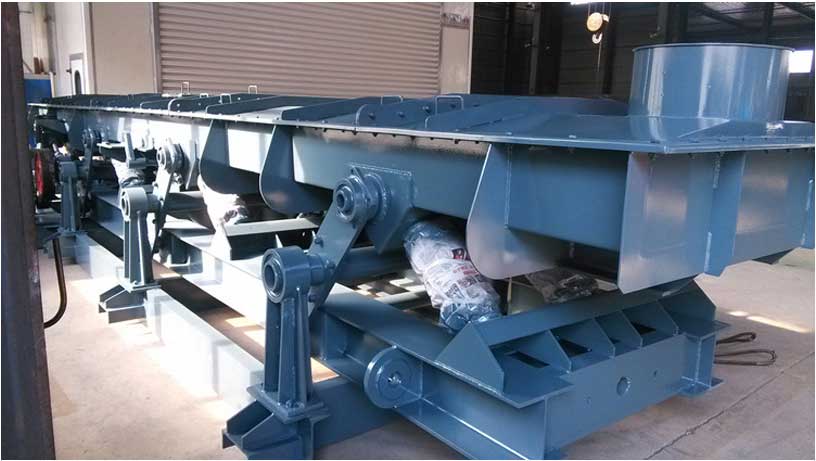In industries where material handling is a crucial aspect of operations, vibrating conveyors have proven to be highly efficient tools. These conveyors use vibrations to move materials, providing a reliable and gentle transport mechanism. Vibrating conveyors are widely used in various industries, including food processing, pharmaceuticals, mining, and more.
nderstanding Vibrating Conveyors
Before delving into the types of materials suitable for vibrating conveyors, let’s briefly understand how they work. Vibrating conveyors consist of a trough or tube that is supported by springs and driven by an electric motor. The motor generates vibrations, causing the material to move in a forward or directional motion along the conveyor.
Top 6 Applications on vibrating conveyors
Vibrating conveyors are versatile and can handle a wide range of materials. They are efficient in transporting bulk materials, granules, powders, and even fragile items without causing damage.
- Granular Materials: Vibrating conveyors excel in handling granular materials such as grains, seeds, cereals, and fertilizers. Their gentle yet effective conveying action ensures minimal breakage, making them an ideal choice for industries dealing with agriculturally derived products.
- Powdered Materials: Fine powders, like chemicals, pharmaceuticals, and powdered food ingredients, can also be effectively transported using vibrating conveyors. The controlled vibrations prevent the material from compacting or clogging the conveyor, ensuring a constant flow.
- Aggregates and Minerals: Industries associated with mining, construction, and processing of aggregates and minerals can benefit from vibrating conveyors. Whether it’s moving sand, gravel, limestone, or ores, these conveyors offer reliable transport while reducing material degradation.
- Food Processing: The food processing industry demands hygienic and efficient material handling solutions. Vibrating conveyors, designed with food-grade materials, are well-suited for conveying items such as fruits, vegetables, nuts, and other processed food products. They maintain product integrity while preventing spillage or cross-contamination.
- Bulk Materials: Vibrating conveyors are particularly effective in handling bulk materials such as coal, wood chips, sawdust, and other industrial byproducts. The vibrating motion keeps these materials from sticking or clumping together, allowing for smooth and continuous flow.

Top 4 Advantages of Vibrating Conveyors
- Low energy consumption and maintenance requirements
- Customizable designs to fit specific application needs
- Minimal noise and vibration transfer to surrounding areas
- Adjustable feed rates and easy control over material flow
Conclusion
Vibrating conveyor are efficient and reliable tools for transporting various types of materials. Their versatility makes them suitable for a wide range of industries, offering gentle handling, consistent flow, and minimal product degradation. Whether it’s handling granules, powders, aggregates, or food products, vibrating conveyors provide a practical solution to material transport needs.
Utilizing vibrating conveyors in industries simplifies the material handling process, improving operational efficiency and reducing production costs. Their ability to handle diverse materials with ease makes them a valuable asset across a wide range of applications.
